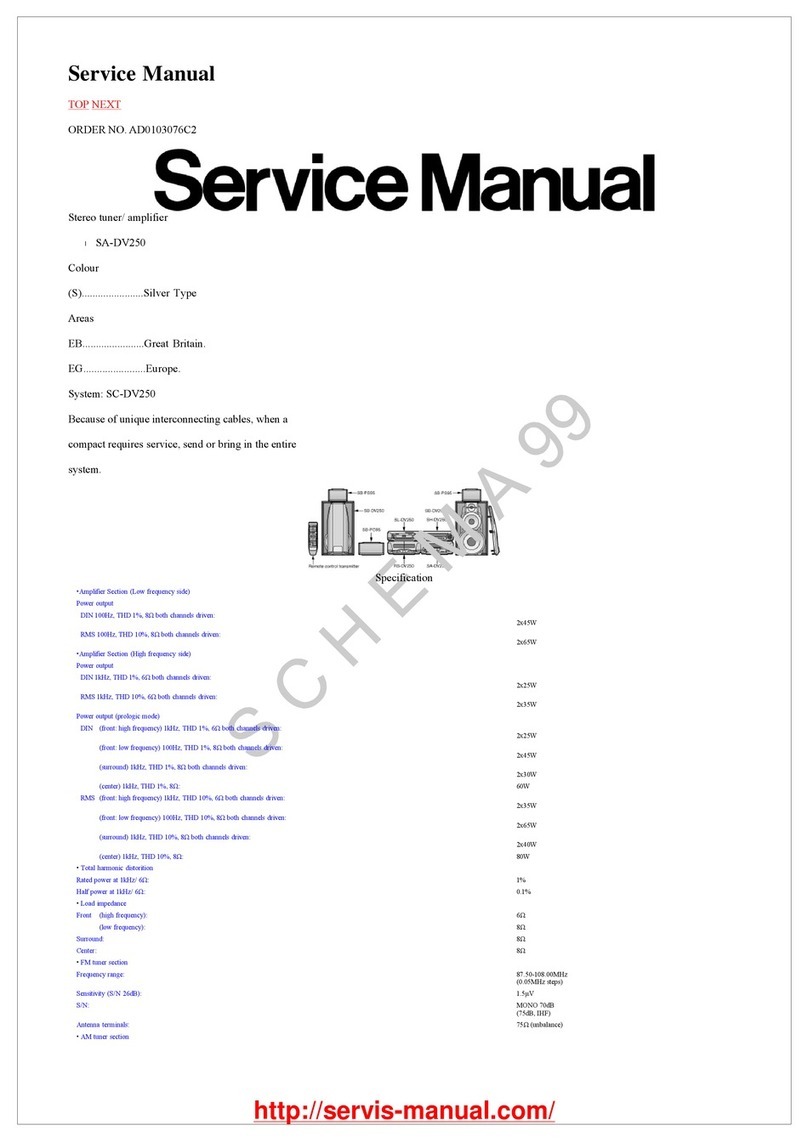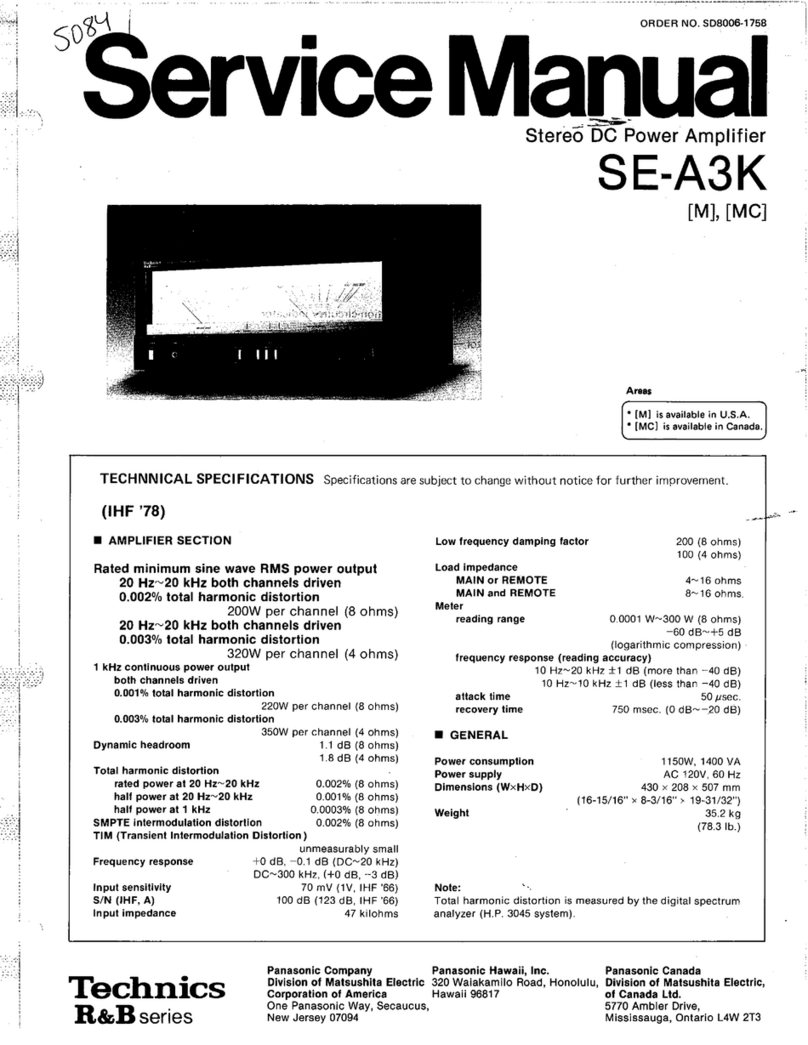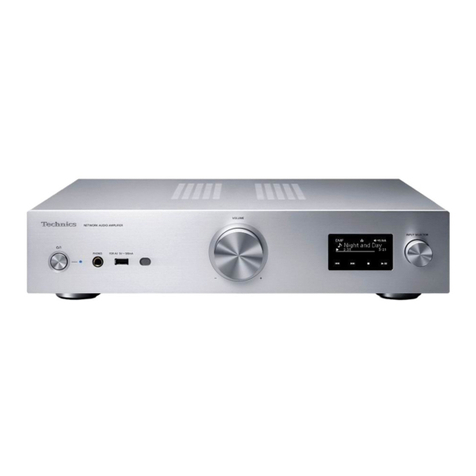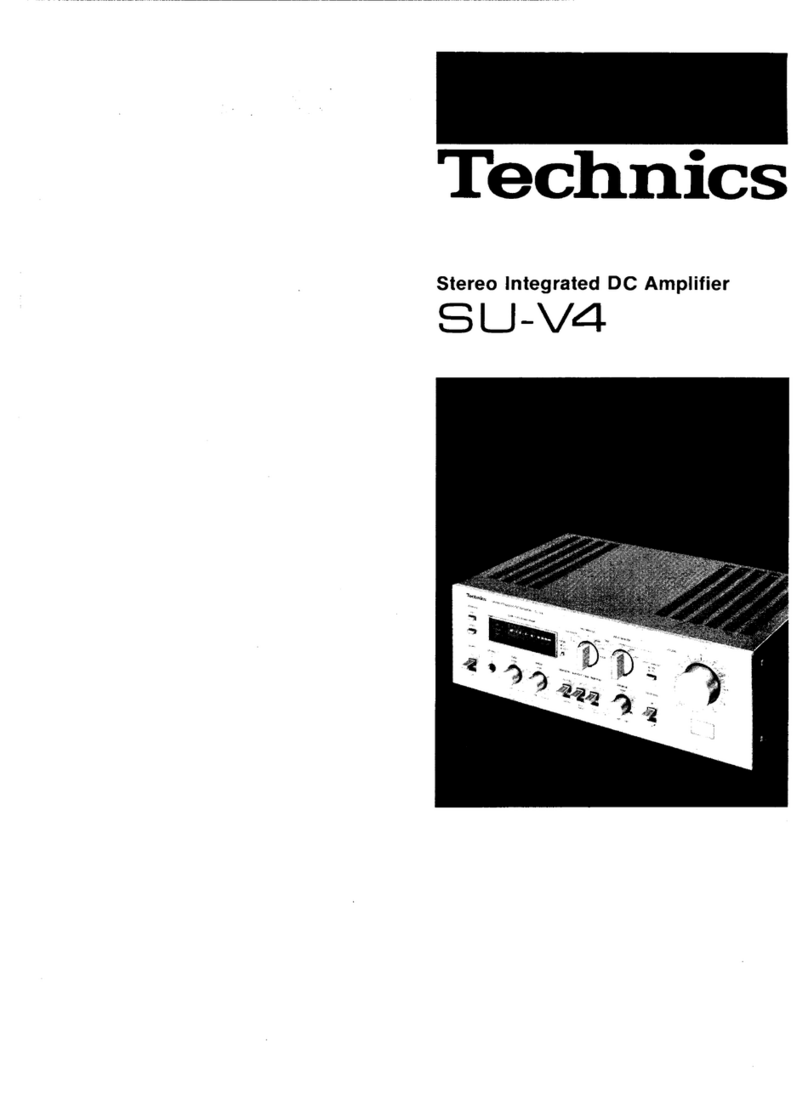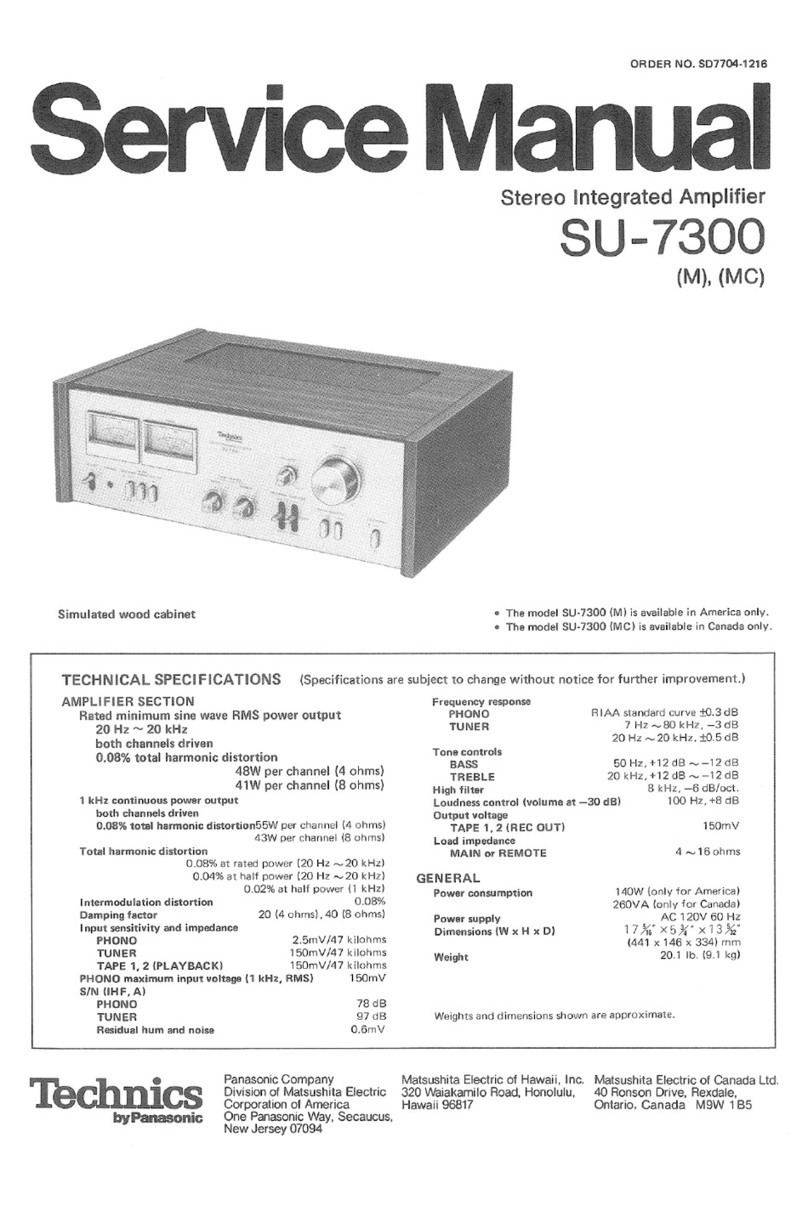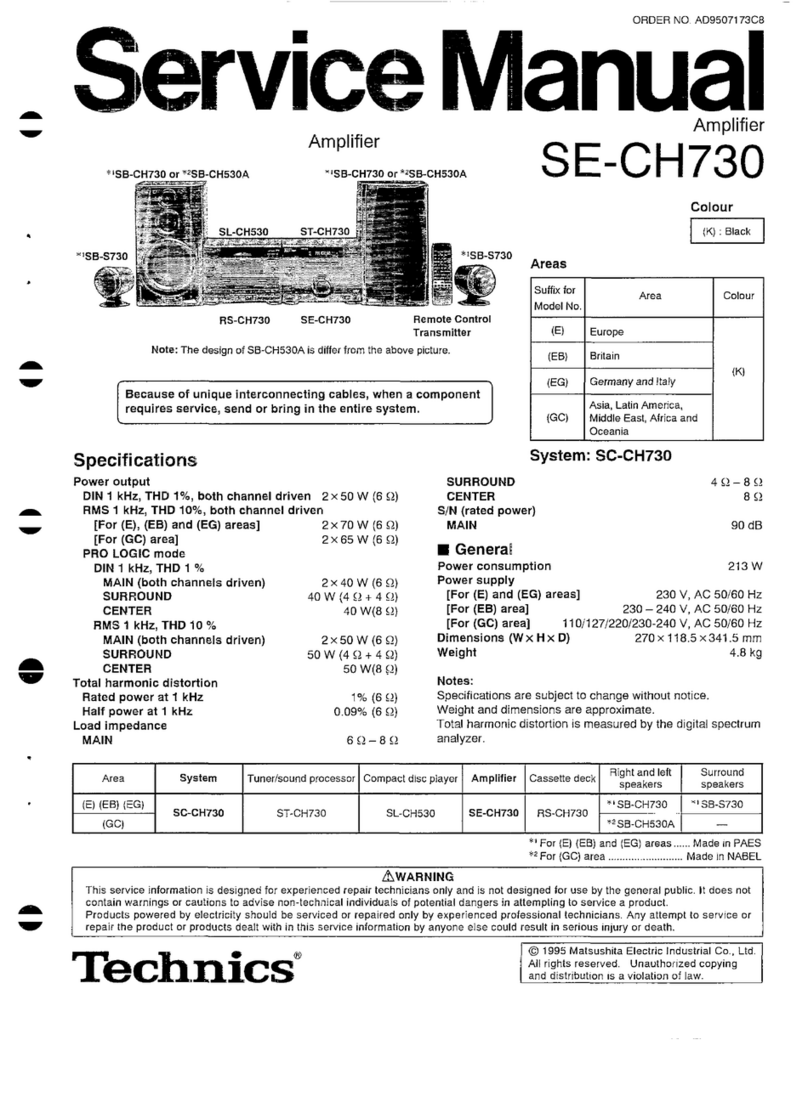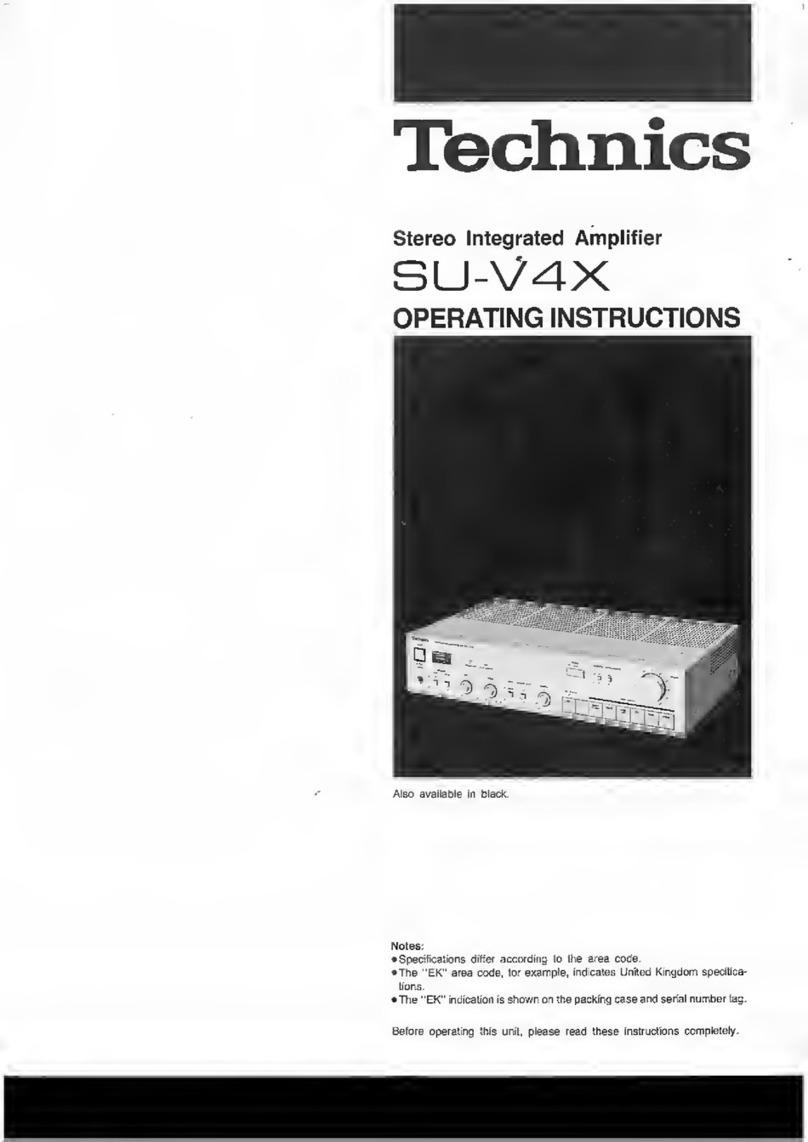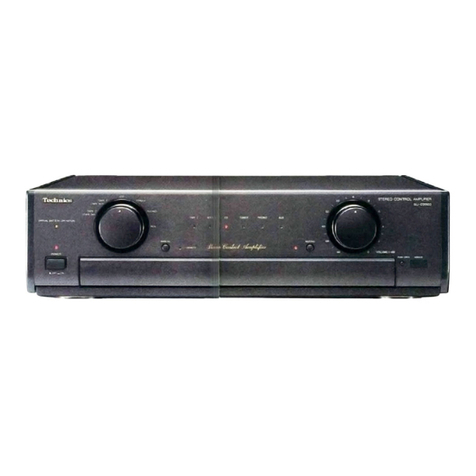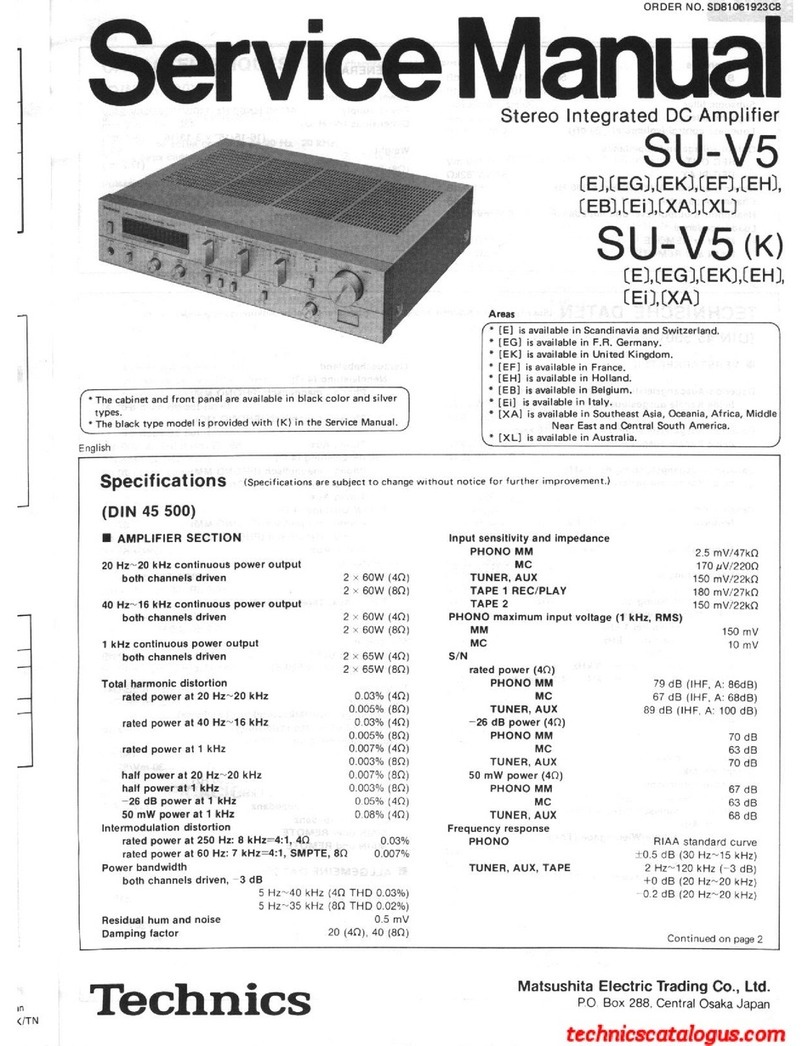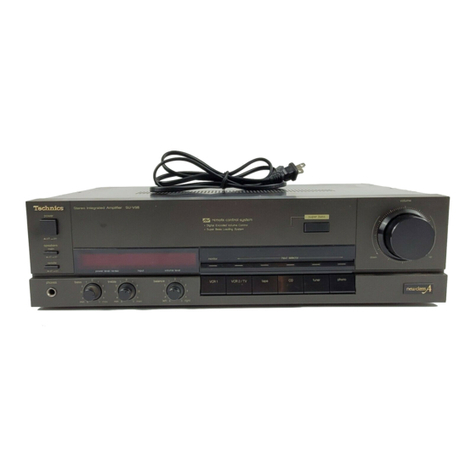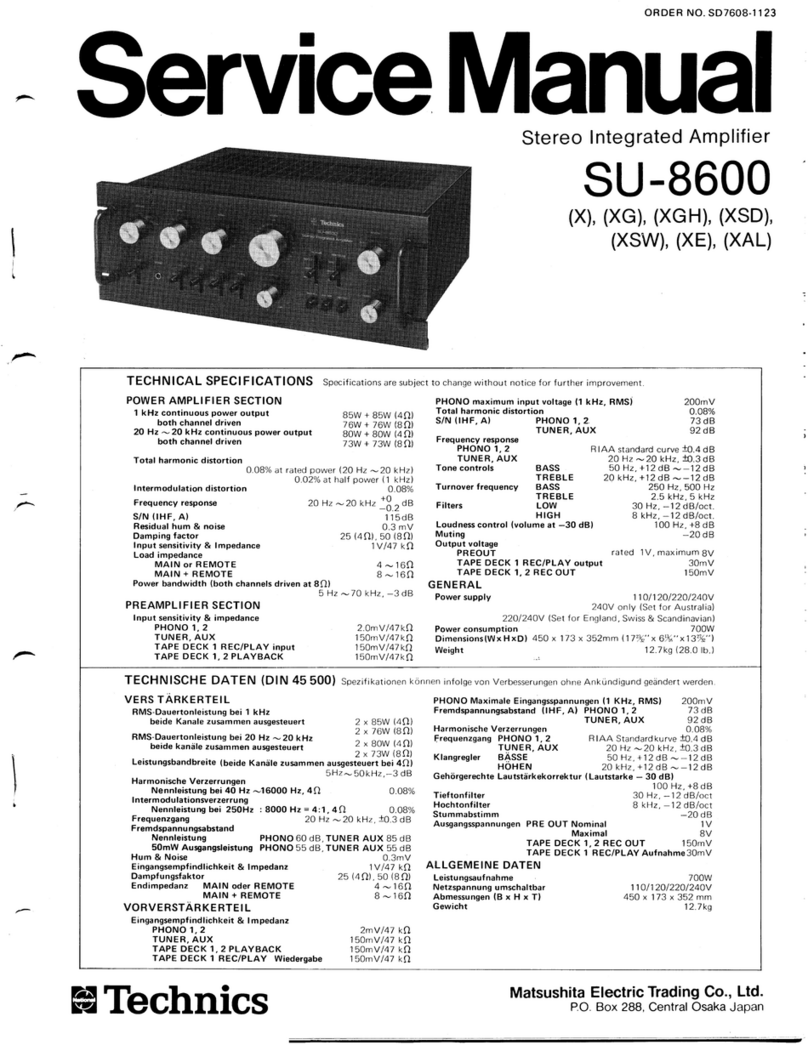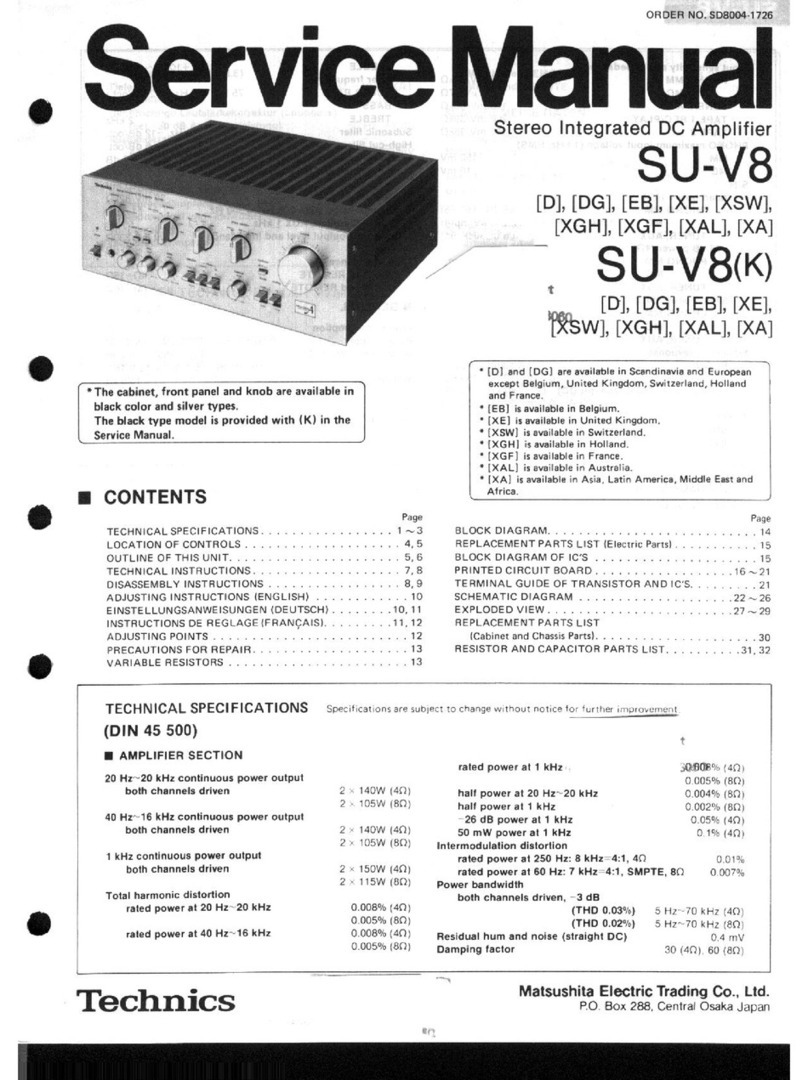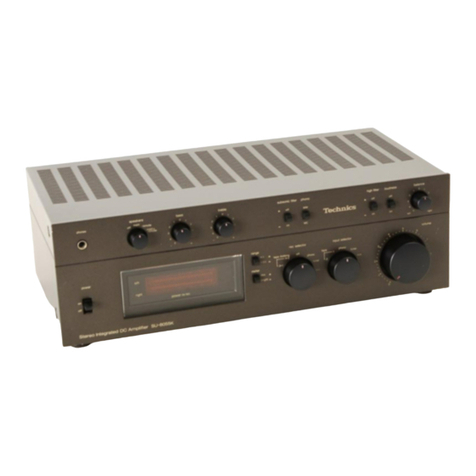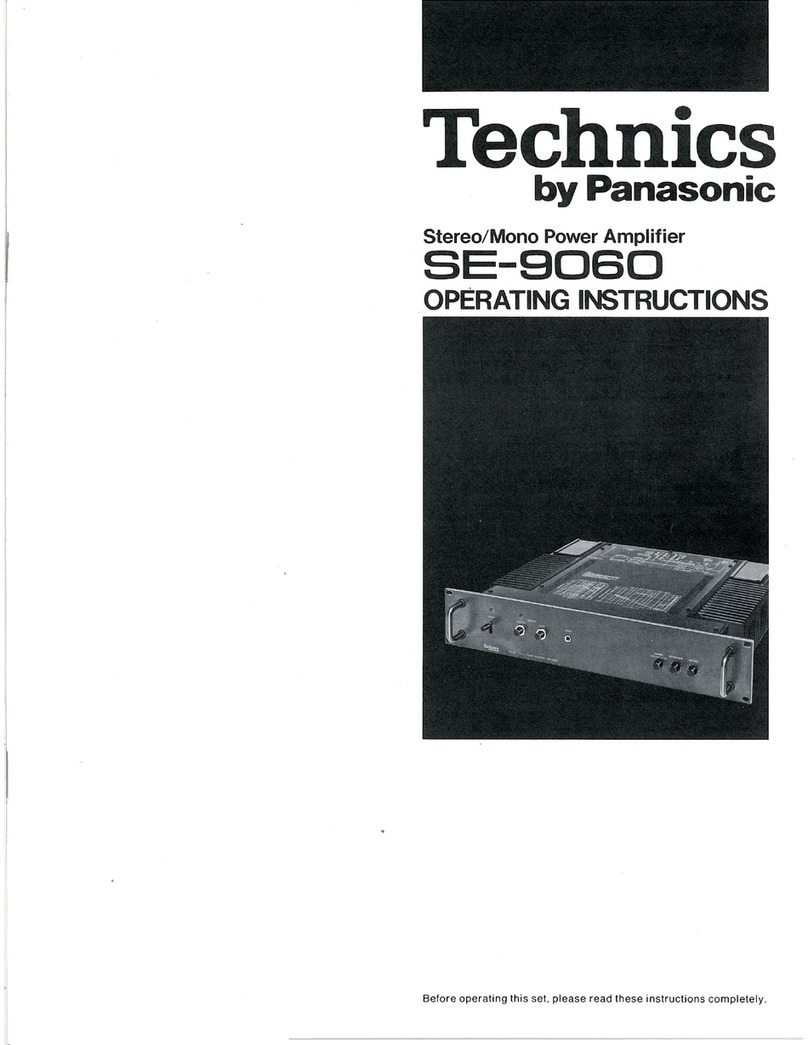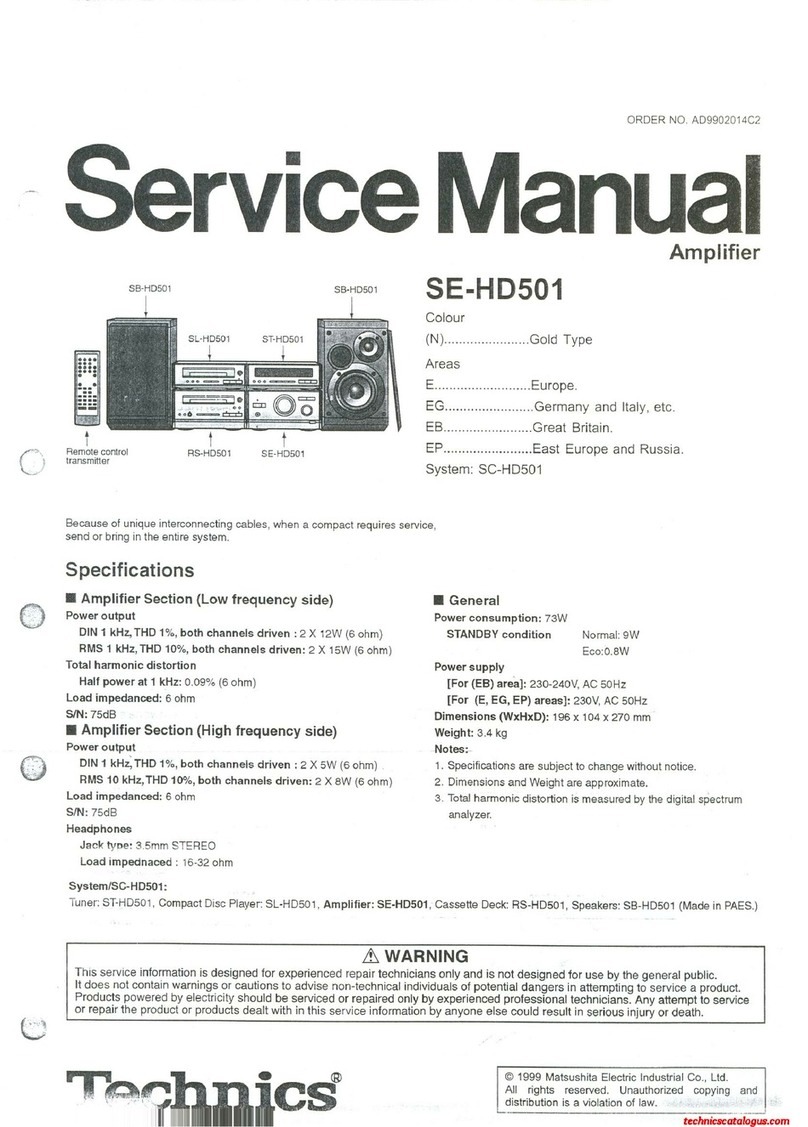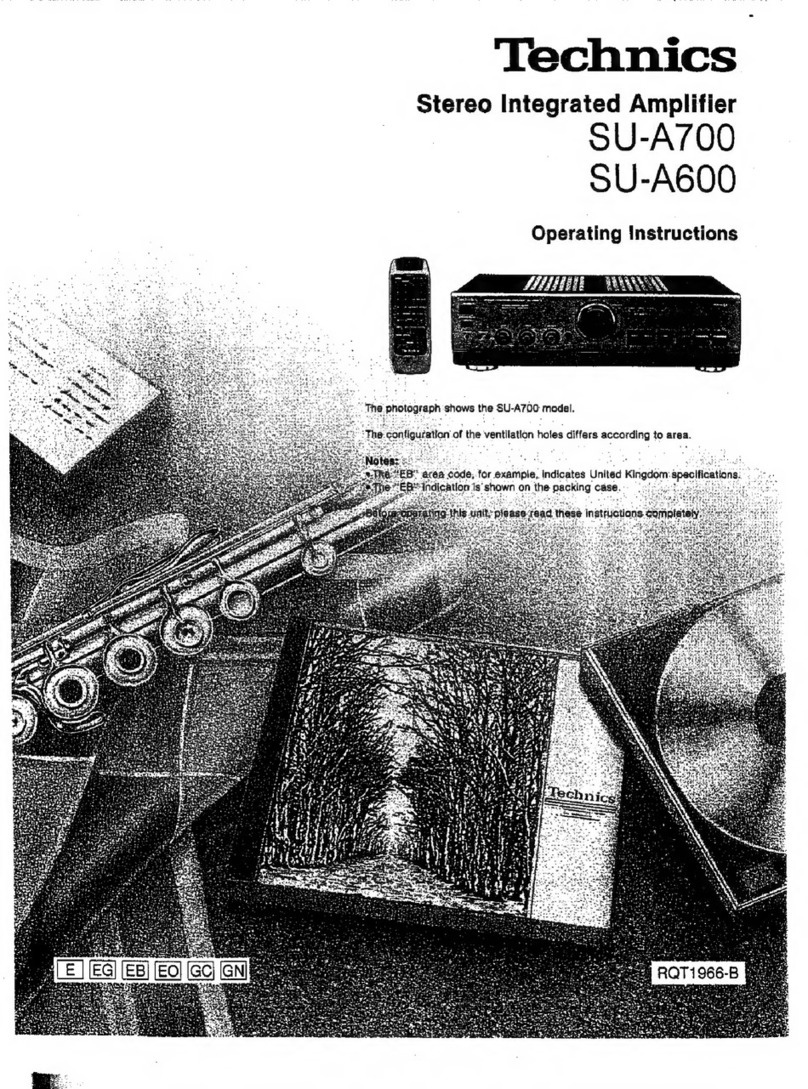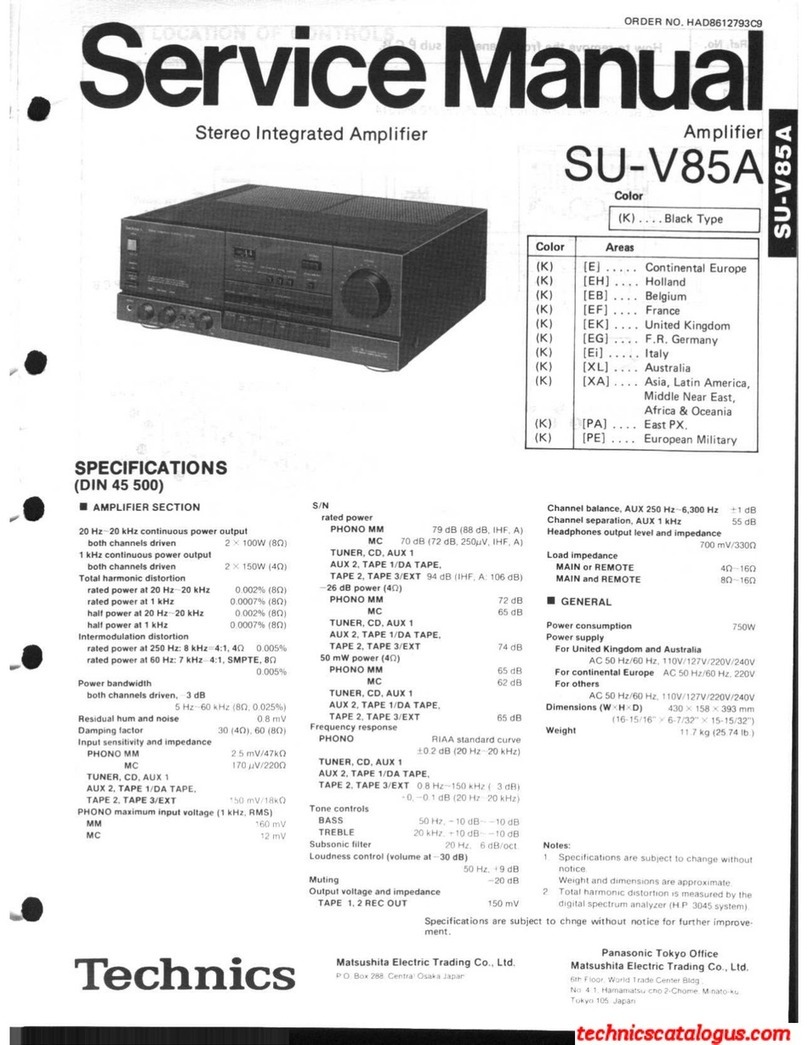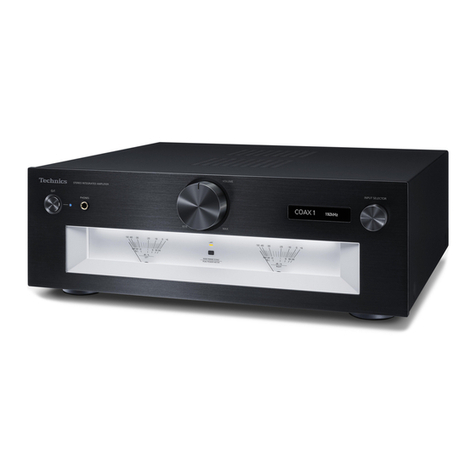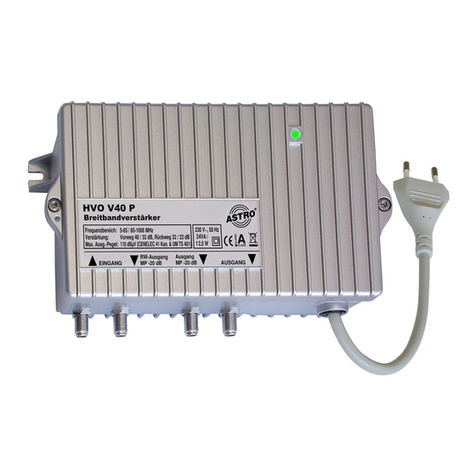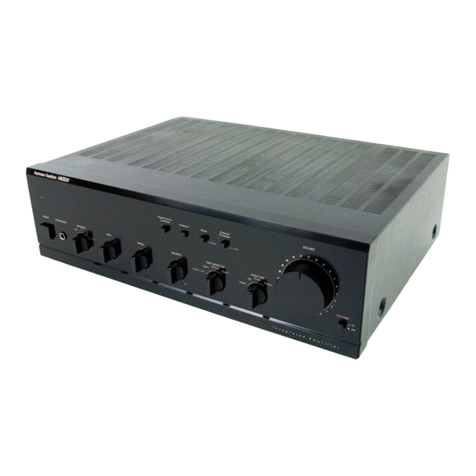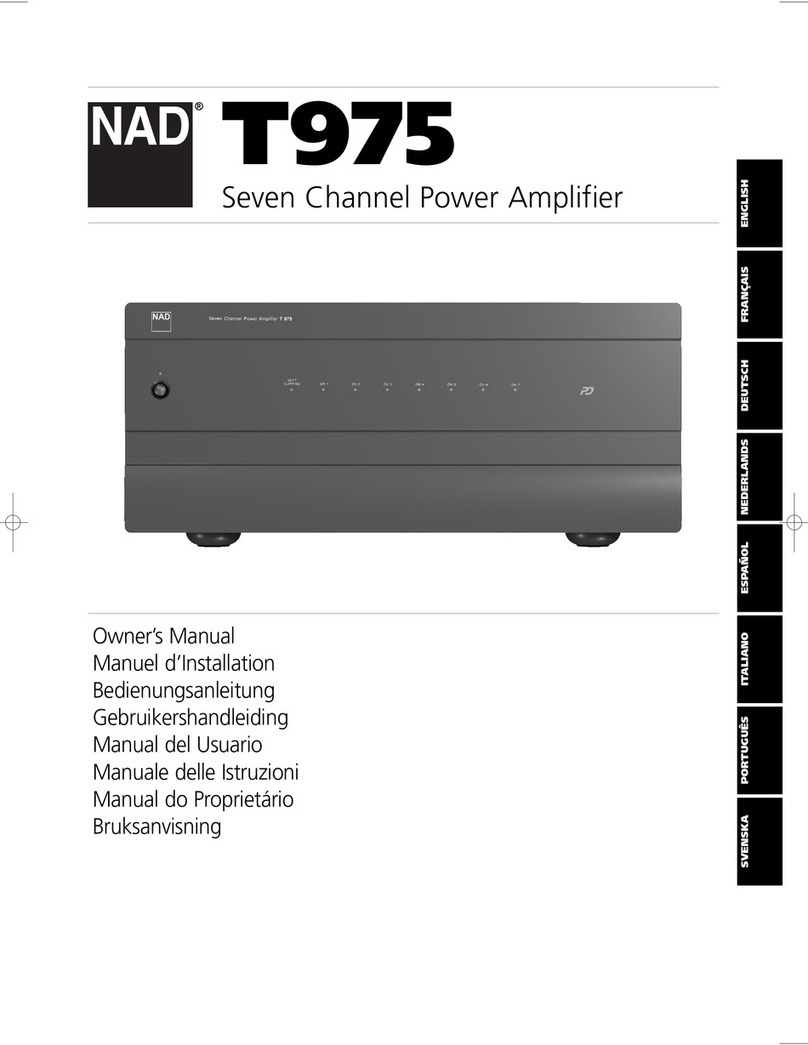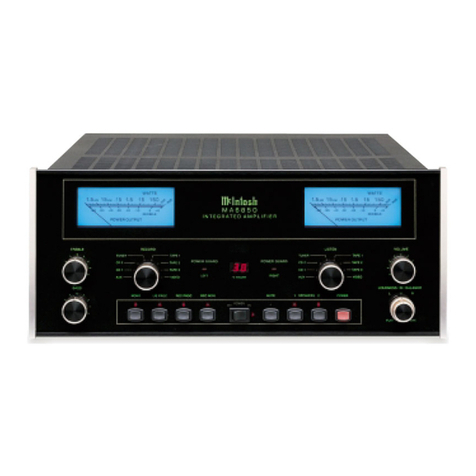
We
want
to
thank
you
for
selecting
this
product
and
to
welcome
you
to
the
growing
family
of
satisfied
Technics
product
owners
around
the
world.
We
feel
certain:
you
will
get
maximum
enjoyment
from
this
new
addition
to
your
home.
Please
read
these
operating
instructions
carefully,
and
be
sure
to
keep
them
handy
for
convenient
reference.
These
operating
instructions
are
aeP
ieee
to
the
following
components.
wen
eye
When
using
with
components.
descrifed
at
the
left
These
operating
instructions
describe
system
connections
and
basic.
operations.
including.
remote-control.
operations:
(The:
remote-control:
transmitter’
is
included
with
the.
tuner):
For.
detailed
information:
about
each
unit,
refer
to
their.
individual
operating
instructions.
:
~
-RS-T55R
"
SH-8016
SL-P117
SL-BD26U
When
using
with
other
components
Refer:
to:
their
individual
operating
instructions
concerning
connections
and
operations.
Contents
Listening
to
Tapes:
2.
eas:
ihe:
8
¢
Technical
Specifications
.................0.5...
2
-e
e
Suggestions
for
Safety
.000.....0.0ccee.
es
e
Listening
to
Compact
Discs
or
e
Accessories
..:...-.:
pi
mene
a
are
a
nt
3
Other
Sources
....:.
ne
Caen
eek Bit
9
e
Before
Use
............
eee
eee
Seer
dies
ok
3
©
Adjusting
the
Tone
Quality
.......
pan
aieines
10
e
Connections
.2.)2.0...05
50.0055
RE
OE
TS
Sk
e
Recording
2.22
Satna
ae
11
e
Front
Panel
Controls
and
Functions
..........
5
¢
Troubleshooting
Guide..............
Back
cover
e
Standard
Operating
Procedures...............
6
©
Protection
Circuitry
..................
Back
cover
e
Listening
to
Radio
Broadcasts
meade
tes
ateaie
toes
7
@
Maintenance
..........................
Back
cover
®
Listening
to
Phono
Discs......
Sedma
iaal
aie
7
ee
ee
Technical
Specifications
HB
AMPLIFIER
SECTION
Input
sensitivity
Load
impedance
PHONO
0.3
mV
(2.5
mV,
THF
’66)
MAIN
or
REMOTE
8~16
ohms
in
.
TUNER,
CD/AUX,
TAPE
1,
TAPE
2/EQ
MAIN
and
REMOTE
8~16
ohms
-
Rated
minimum
sine
wave
RMS
17
mV
(150
mV,
IHF
°66)
power
output
S/N
(IHF,
A)
20
Hz~20
kHz
both
channels
driven
PHONO
71
dB
(73
dB,
IHF
66)
0.05%
total
harmonic
distortion
TUNER,
CD/AUX,
TAPE
1,
TAPE
2/EQ
100W
per
channel
(8
ohms)
75
dB
(94
dB,
IHF
‘66)°
1
kHz
continuous
power
output
Maximum
input
voltage
both
channels
driven
PHONO
128
mV
(135
mV,
1
kHz)
M@
GENERAL
0.05%
total
harmonic
distortion
Input
impedance
100W
per
channel
(8
ohms)
PHONO
47
kilohms
Power
consumption
470W
Dynamic
headroom
1.1
dB
(8
ohms)
TUNER,
CD/AUX,
TAPE
1,
TAPE
2/EQ
Power
supply
Total
harmonic
distortion
20
kilohms
AC
50
Hz/60
Hz,
110V,
127V,
220V,
240V
half
power
at
1
kHz
0.03%
(8
ohms)
SMPTE
intermodulation
distortion
0.05%
(8
ohms)
Frequency
response
PHONO
RIAA
standard
curve
+0.8
dB
TUNER,
CD/AUX,
TAPE
1,
TAPE
2/EQ
10
Hz~80
kHz,
-3
dB
Tone
controls
BASS
50
Hz,
+10
dB~-10
dB
TREBLE
20
kHz,
+10
dB~~10
dB
SUPER
BASS
80
Hz,
+6
dB
Output
voltage
TAPE
1,
2
REC
OUT
150
mV
Low
frequency
damping
factor
50
(8
ohms)
pany
oe
Dimensions
(WXHXD)
430:
119
X
240
mm
(16-15/16"
X:4-11/16"
X
9-7/16")
Weight
7.0
kg
(15.4
lb.)
Note:
Total
harmonic
distortion
is
measured
by
the
digital
spectrum
analyzer
(H.P.
3045
system).
